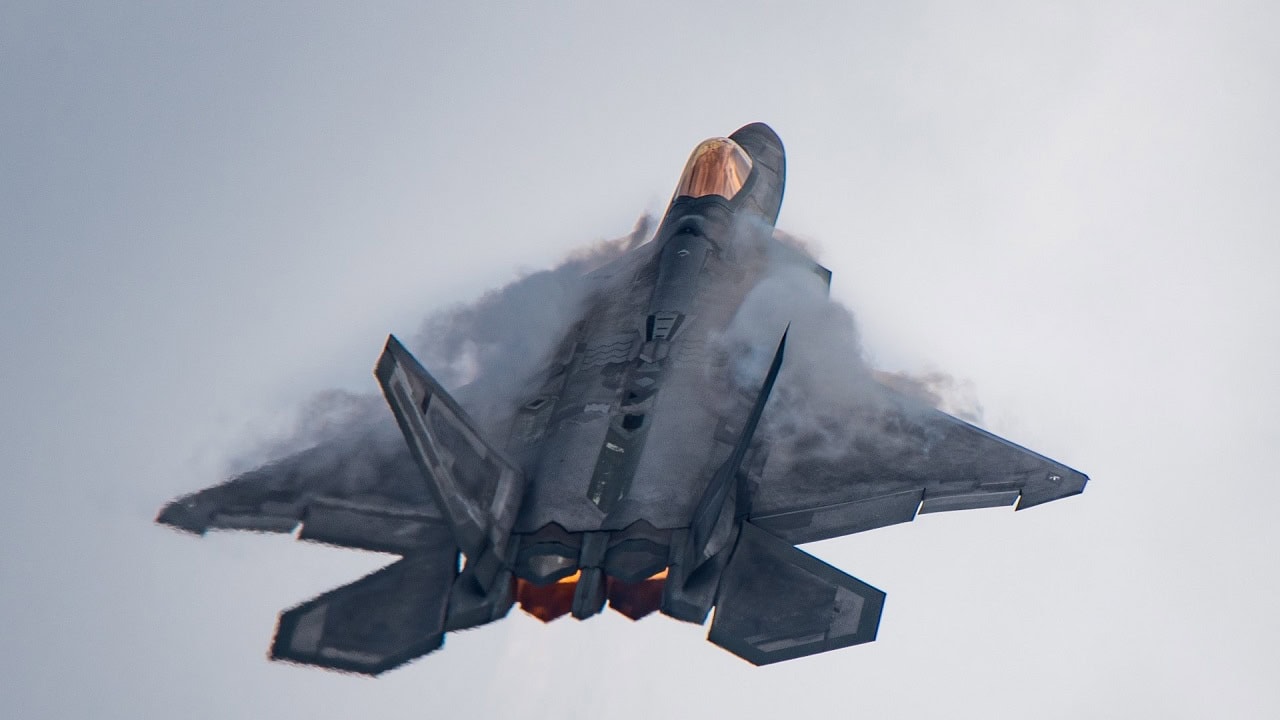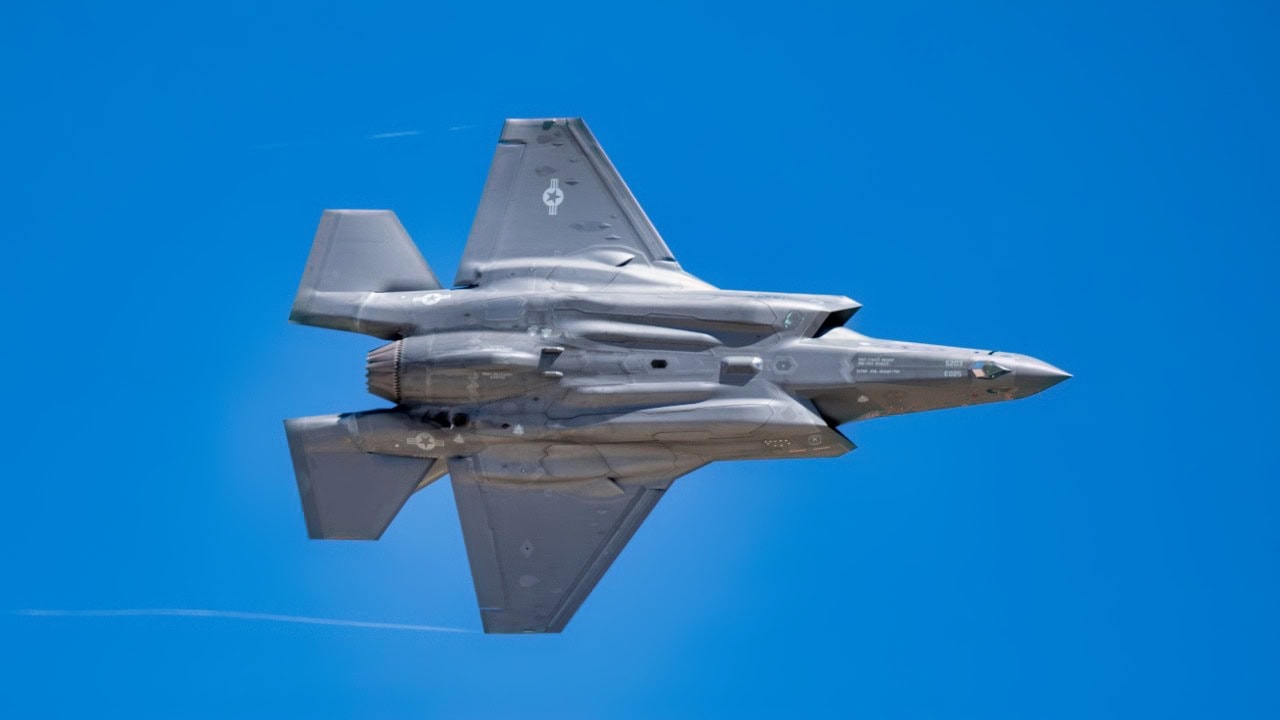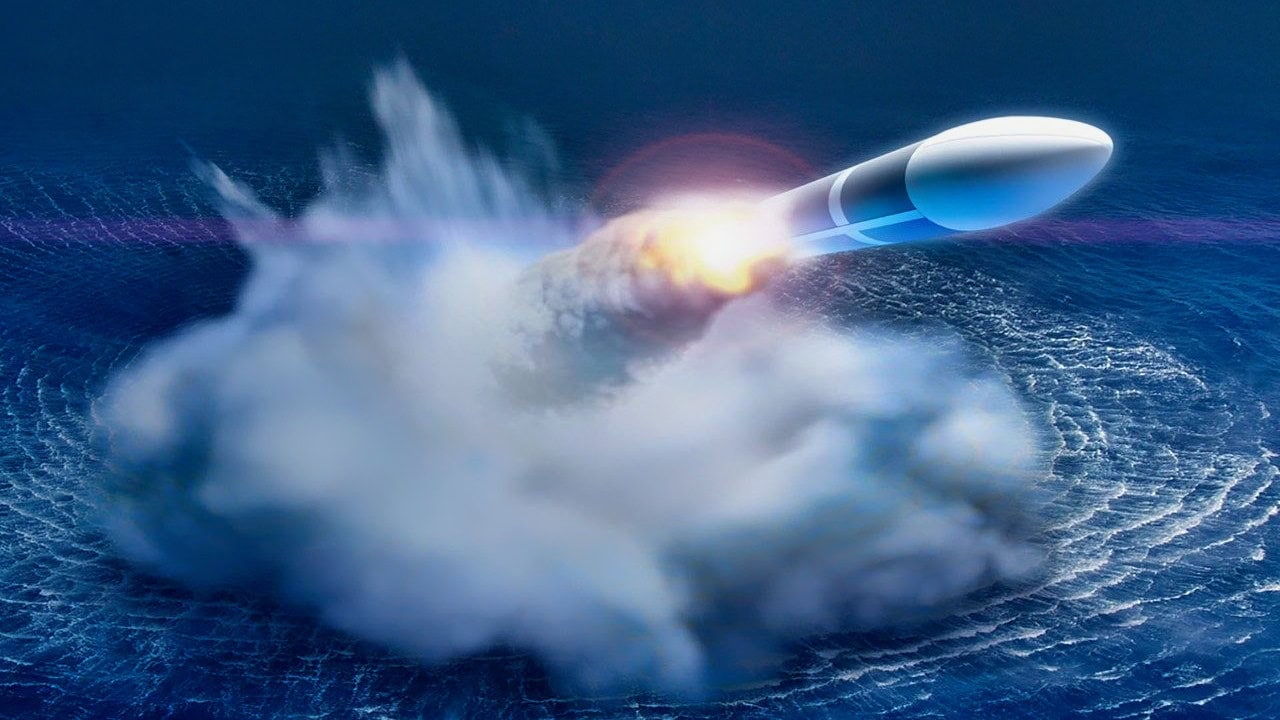Key Points and Summary: Lockheed Martin’s Mako is a hypersonic missile designed for internal carriage on stealth fighters like the F-22 and F-35, maintaining their low radar profile.
-Its relatively small size (1,300 pounds, 13 feet long) makes it unique among hypersonic weapons, potentially targeting mobile command centers and air defense assets.
-While the US Air Force’s Stand-in Attack Weapon (SiAW) program chose Northrop Grumman’s offering, Lockheed Martin is exploring international sales, touting Mako’s compatibility with European fighters.
-The Mako’s multi-mission capability, including potential use on submarines and surface ships, makes it a versatile and potentially revolutionary weapon.
-Lockheed Martin’s Mako missile is capable of hypersonic flight — and can fit inside the weapons bay of both the F-22 and F-35 fighters, and is also theoretically compatible with bombers like the B-2 Spirit and upcoming B-21 Raider.
Inside the F-35’s Weapons Bay: The Hypersonic Mako Missile
Aside from the missile’s hypersonic qualities, its most important feature is that it can be carried internally by F-22 and F-35 fighters, allowing them to carry a potent battlefield tool without compromising their stealth capabilities.
Lockheed Martin explains more about the piece of kit on their website.
“As an open, multi-mission hypersonic missile, Mako can support strike, maritime strike, counter-air defense and other missions. It deploys from 5th-gen fighters for stand-in strike and has the reach to launch at operationally significant ranges that keep aircraft at safe standoff distances,” the company explained.
“Weighing in at 1,300 pounds, Mako packs its multi-mission capability into an airframe that’s 13 inches in diameter and 13 feet long. It’s been physically fit-checked externally on a variety of aircraft, including the F-35, F/A-18, F-16, F-15 and P-8, and internally on the F-22 and F-35C. Any aircraft with 30-inch lugs can carry it, including bombers.”
But in addition to preserving a fighter’s radar cross-section, internal carriage of weaponry ensures parasitic drag — from external pylons, fuel tanks, and munitions — does not reduce a fighter’s performance.
A promotional video from Lockheed Martin on Mako gives some insights into its qualities and capabilities.
Flying at hypersonic speeds, the Mako (and other hypersonic missiles) allow airplanes to stay at standoff ranges rather than entering highly contested aerial environments.
By staying behind the thick of the fighting and launching munitions off from a distance, hypersonic munitions like the Mako give air assets a measure of safety and advantage.
Operational Role for Mako
Although some of the precise details about the Mako’s specifications remain unknown publicly, the Mako would play a unique role as a hypersonic munition small enough to fit inside a stealth fighter.
The Mako’s smaller size indicates it would not be employed against ships or other large targets. It could be useful against smaller and perhaps mobile targets like command and control centers, air defense assets, and other time-sensitive, high-value targets.

F-22 Raptor. Image Credit: Creative Commons.
Interestingly, the Mako missile may also find itself helpful on some submarines or surface vessels for targets on land and smaller targets at sea.
Given the dearth of information available about the Mako, precise details are challenging to come by.
A case in point is the Mako’s guidance system, which reportedly leverages “multiple guidance methods.”
Program End?
Although it is unclear why, Lockheed Martin explained that the Marko effort for the U.S. Air Force won’t go forward. “Lockheed Martin offered Mako for the U.S. Air Force’s Stand-in Attack Weapon (SiAW) program,” the company said. “While Lockheed Martin chose not to continue into phase 2, Mako benefits from the innovations and maturation efforts invested in it as the Air Force’s first fully digital acquisition missile.”
Ultimately, Northrop Grumman won the SiAW program competition, securing a $705 million contract.

The F-35 Lightning II Demo Team flown by Commander, Maj. Kristin “BEO” Wolfe, performs during the 2023 Gowen Thunder Open House and Airshow at Gowen Field in Boise, Idaho, August 27, 2023. The purpose of Gowen Thunder was to provide a safe and memorable community event that thanks Idaho’s citizens, employers, and community partners for their unwavering support; promote patriotism, service, and volunteerism; and ignite the imagination of the next generation. (U.S. Air National Guard photo by Tech Sgt. Mercedee Wilds)
However, the unique munition could potentially enter service with other nations that are friendly to the United States, with the need for a relatively small hypersonic missile.
At the Farnborough Air Show, Lockheed touted the missile’s compatibility with other European fighters, like the Eurofighter Typhoon, raising the prospect of European jets picking up the American munition.
About the Author: Caleb Larson
Caleb Larson is an American multiformat journalist based in Berlin, Germany. His work covers the intersection of conflict and society, focusing on American foreign policy and European security. He has reported from Germany, Russia, and the United States. Most recently, he covered the war in Ukraine, reporting extensively on the war’s shifting battle lines from Donbas and writing on the war’s civilian and humanitarian toll. Previously, he worked as a Defense Reporter for POLITICO Europe. You can follow his latest work on X.

